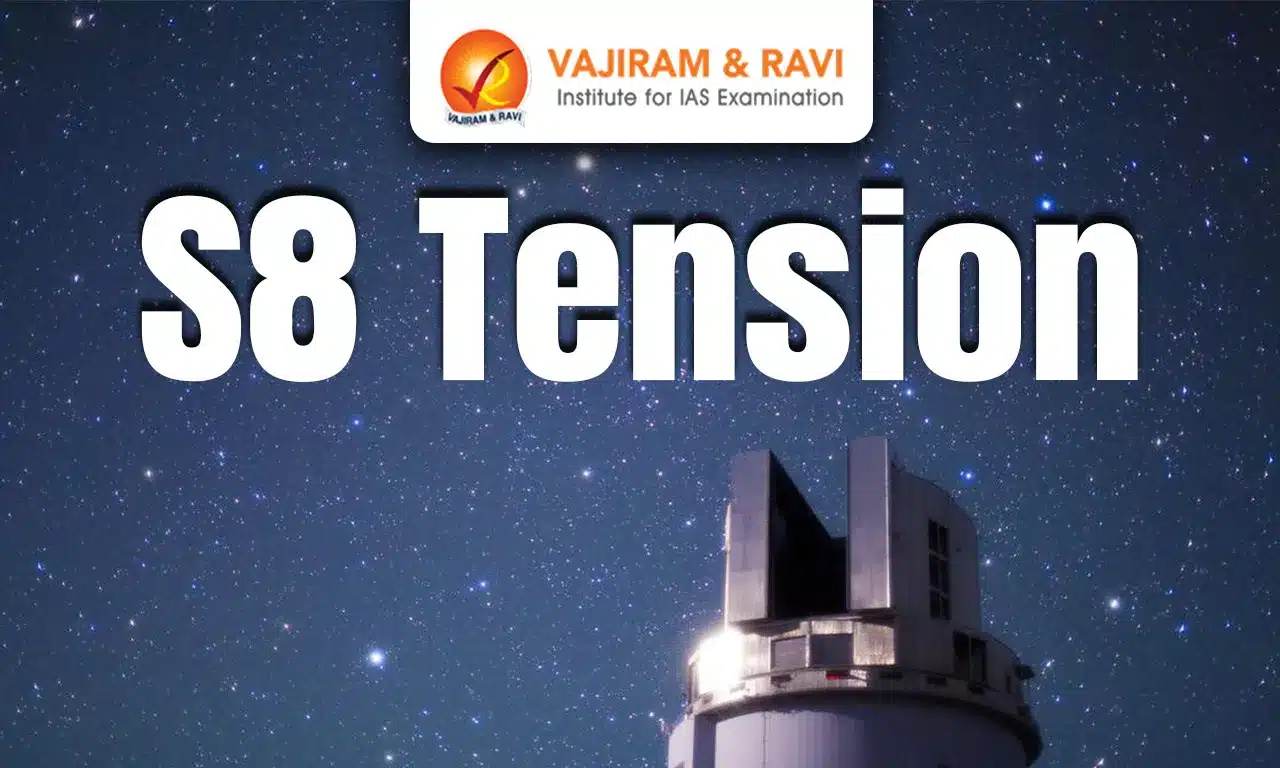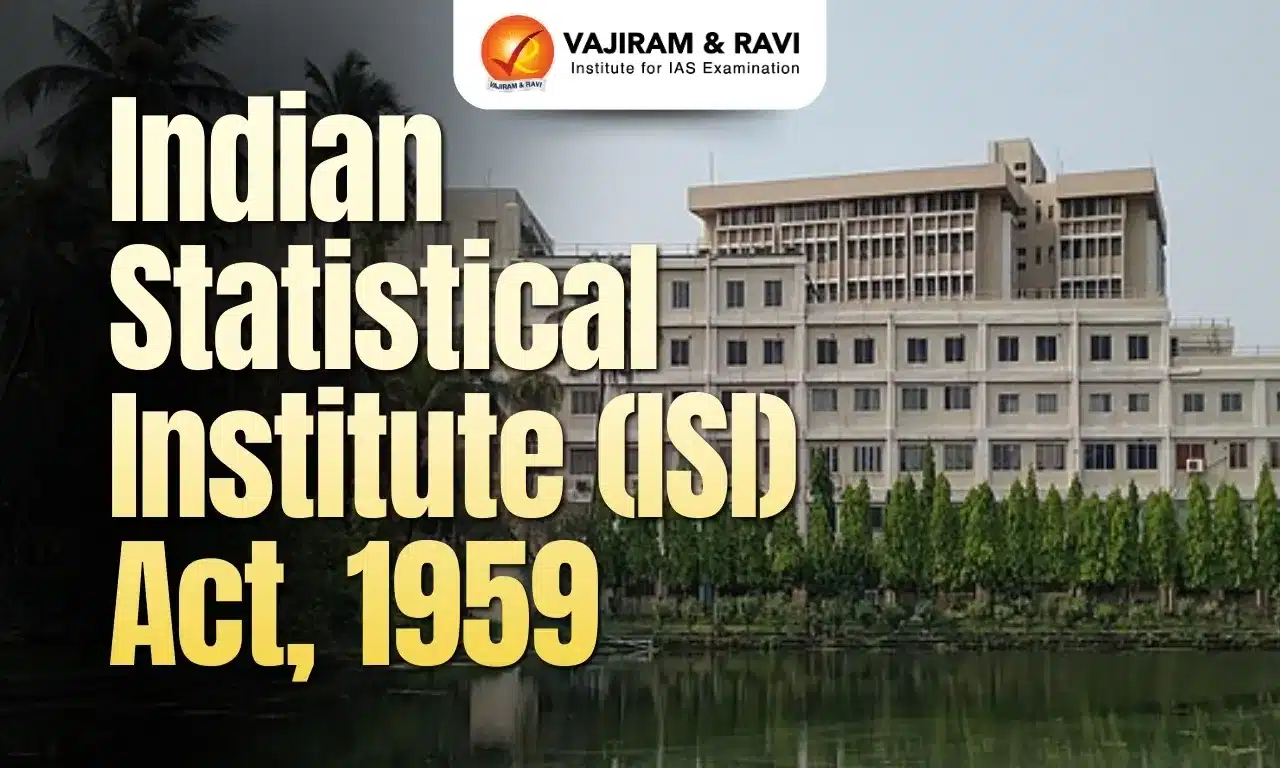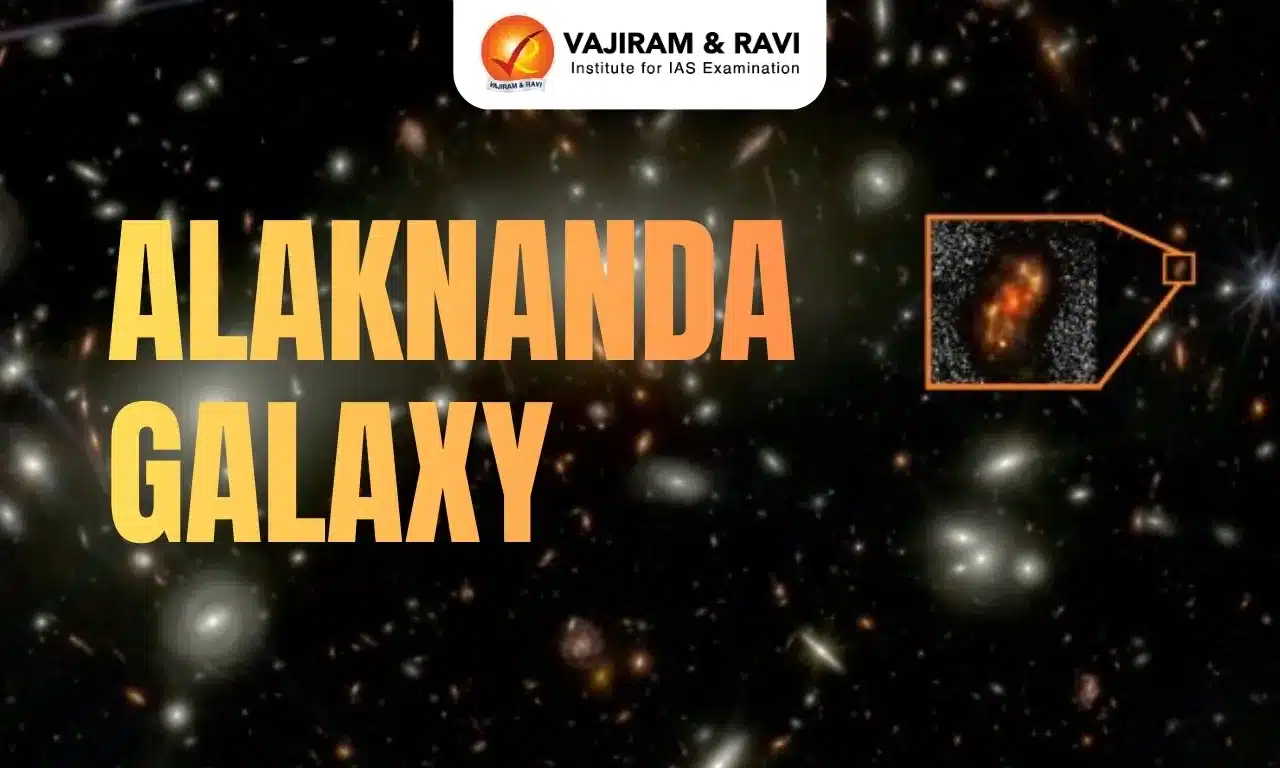S8 Tension Latest News
The Subaru Telescope in Hawaii, using the Hyper Suprime-Cam, conducted a deep sky survey from the University of Tokyo, reported an S8 value of 0.747, consistent with prior lensing estimates.
What is S8?
- S8 (Sigma Eight) is a parameter used in cosmology to quantify the “clumpiness” or clustering of matter in the universe on a scale of about 26 million light-years.
- It helps determine how much matter (both visible and dark) is clustered in different cosmic regions.
Background
- The universe began with the Big Bang ~13.8 billion years ago, starting off highly uniform, as revealed by the Cosmic Microwave Background (CMB).
- Small fluctuations in density (1 in 100,000) eventually evolved into galaxies, star clusters, and filaments, forming the lumpy structure of the present universe.
What is the S8 Tension?
- The S8 tension refers to the mismatch in the value of S8 as obtained by:
- CMB measurements (higher value).
- Cosmic shear/lensing surveys (lower value).
- This discrepancy challenges the ΛCDM (Lambda Cold Dark Matter) model, the standard model of cosmology.
Cosmic Microwave Background (CMB)
- CMB is a sea of photons, the particles of light, present throughout the universe. They are left over from the Big Bang, its afterglow.
- Scientists have measured temperature changes in the CMB and studied its large-scale properties using complicated trigonometry.
- Based on these studies, cosmologists have estimated space to be expanding at around 68 kilometres per second per megaparsec ((km/s)/Mpc). That is, an object one megaparsec (3.26 million lightyears) away is moving away at 68 km/s)/Mpc.
Cosmic Shear & Gravitational Lensing
- Cosmic shear refers to the distortion in galaxy shapes due to gravitational lensing by intervening matter.
- This lensing helps map dark matter distribution and provides an indirect method to calculate S8.
- Lower S8 from lensing suggests less clumping than expected.
Source: TH
Last updated on November, 2025
→ Check out the latest UPSC Syllabus 2026 here.
→ Join Vajiram & Ravi’s Interview Guidance Programme for expert help to crack your final UPSC stage.
→ UPSC Mains Result 2025 is now out.
→ UPSC Notification 2026 is scheduled to be released on January 14, 2026.
→ UPSC Calendar 2026 is released on 15th May, 2025.
→ The UPSC Vacancy 2025 were released 1129, out of which 979 were for UPSC CSE and remaining 150 are for UPSC IFoS.
→ UPSC Prelims 2026 will be conducted on 24th May, 2026 & UPSC Mains 2026 will be conducted on 21st August 2026.
→ The UPSC Selection Process is of 3 stages-Prelims, Mains and Interview.
→ UPSC Result 2024 is released with latest UPSC Marksheet 2024. Check Now!
→ UPSC Prelims Result 2025 is out now for the CSE held on 25 May 2025.
→ UPSC Toppers List 2024 is released now. Shakti Dubey is UPSC AIR 1 2024 Topper.
→ UPSC Prelims Question Paper 2025 and Unofficial Prelims Answer Key 2025 are available now.
→ UPSC Mains Question Paper 2025 is out for Essay, GS 1, 2, 3 & GS 4.
→ UPSC Mains Indian Language Question Paper 2025 is now out.
→ UPSC Mains Optional Question Paper 2025 is now out.
→ Also check Best IAS Coaching in Delhi
S8 Tension FAQs
Q1. What is the Cosmic Microwave Background (CMB)?+
Q2. What type of radiation is the CMB?+
Q3. Which missions have studied the CMB in detail?+
Tags: prelims pointers S8 tension upsc prelims current affairs

















